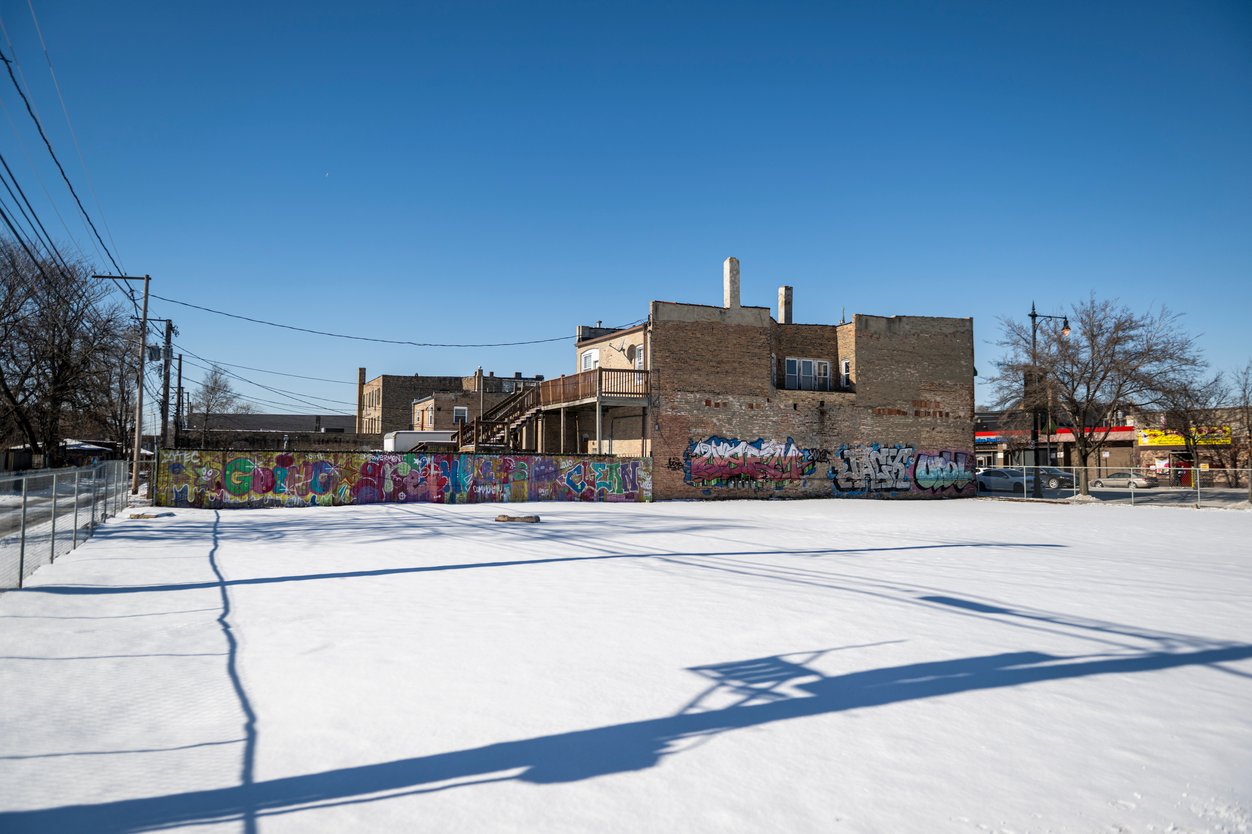Closer Look
Wealth, not health: Closing Chicago's life expectancy divide didn't mean more clinics

Zoe Davis for STAT
There's a "death gap" in Chicago, which is how internal medicine physician David Ansell describes the 14-year difference in life expectancy between Black and white residents of the same city separated by only a few train stops and the hospitals where they go for care. He's worked on both sides of the divide, at the public Cook County Hospital and at the specialty care Rush University Medical Center. They're both in the same neighborhood, but his County patients had always been far sicker than his Rush patients, who seemed like they "had landed on another planet," one where they could miraculously live so much longer.
In medical school, he'd learned to treat heart disease and diabetes, STAT's Usha Lee McFarling writes. He hadn't learned how to treat inequality. So Ansell, now at Rush, turned to the community to learn its needs: income, not more clinics. "No one wanted more health care," Ansell said. Read more about the far-reaching anchor project devoted to wealth, not health.
health
One-third of Black Americans live far from heart specialists
The numbers all look concerning. About 1 in 3 Black Americans live in a county with little or no access to heart specialists, according to a new report from GoodRx. Almost three-quarters of counties with high Black populations lack cardiologists. Heart disease is the leading killer of all Americans, but the risk is 30% higher for Black than white people. And Black and Hispanic people already have less access to primary care doctors.
In these counties without heart specialists, there is a greater risk of heart disease, based on factors such as diabetes, obesity, smoking, unhealthy diet, physical inactivity, and excessive alcohol consumption. "We're missing a huge chunk of individuals who really need this care and are having to jump through massive hoops to access that care," said Tori Marsh of GoodRx. "When you have to jump through those hoops, you're likely not going to." STAT's Elaine Chen has more.
mental health
Anti-LGBTQ legislation takes a toll on queer youth, survey finds
As anti-LGBTQ legislation — and anti-trans legislation in particular — spread across the U.S., queer young people face restrictions starting with bathrooms and extending to gender-affirming surgery. That drumbeat of new policies — and news about it — is damaging the mental health of LGBTQ youth, according to a new national survey from the Trevor Project, whose mission is to end suicide among LGBTQ young people. For example:
- In the past year, 41% of LGBTQ youth seriously considered suicide, twice as high as other youths.
- 48% of trans women, 56% of trans men, and 48% of nonbinary youth seriously considered suicide.
"LGBTQ young people are not inherently prone to increased suicide risk because of their sexual orientation or their gender identity, but rather they are placed at higher risk because of the mistreatment and stigmatization that they experience in society," said Ronita Rath of the Trevor Project. STAT's Theresa Gaffney has more, including community centers dedicated to helping those who struggle.
If you or someone you know may be considering suicide, contact the 988 Suicide & Crisis Lifeline: call or text 988 or chat 988lifeline.org. For TTY users: Use your preferred relay service or dial 711 then 988.


No comments